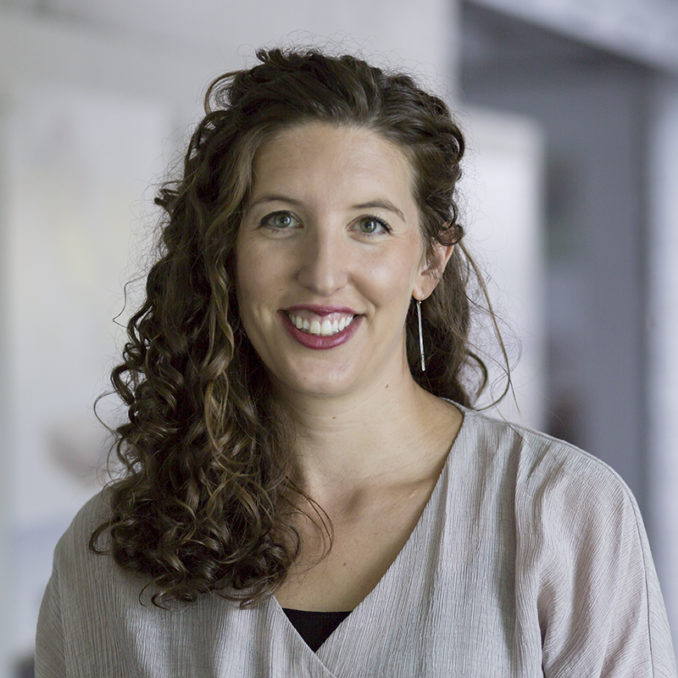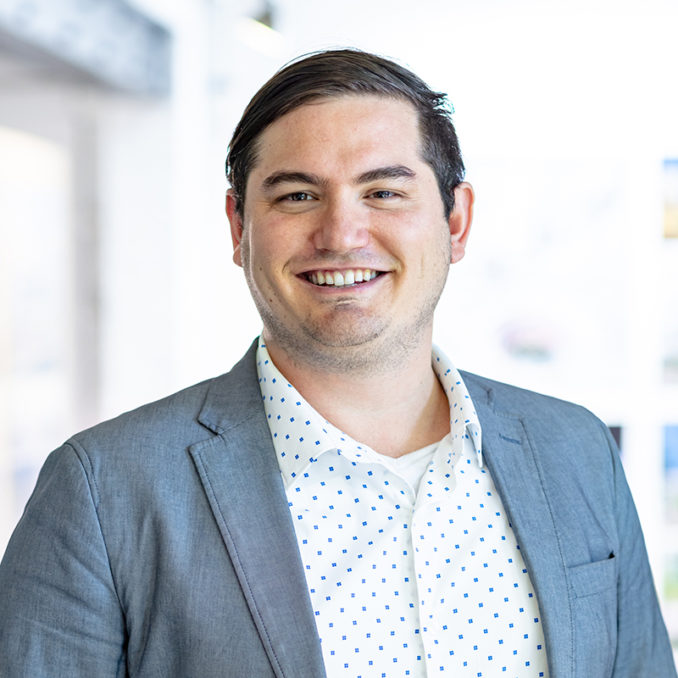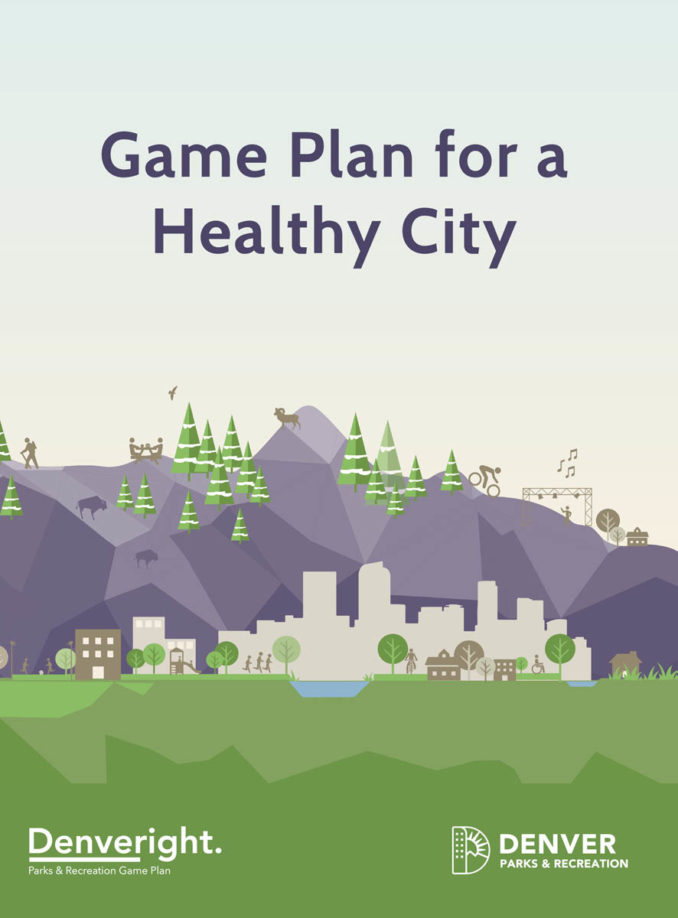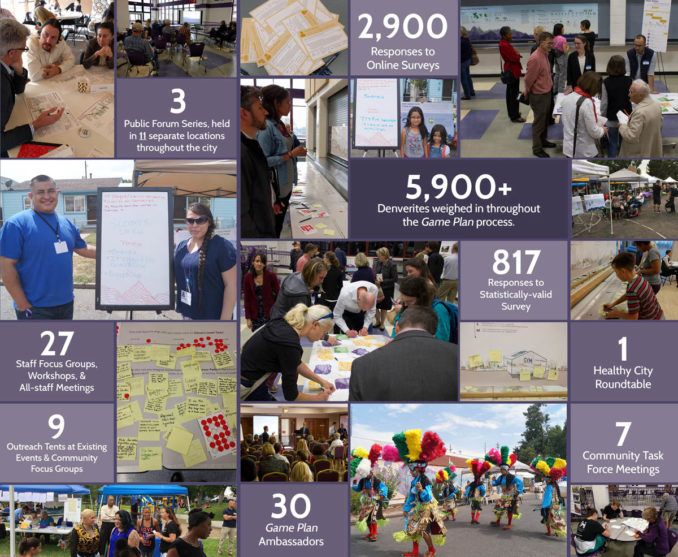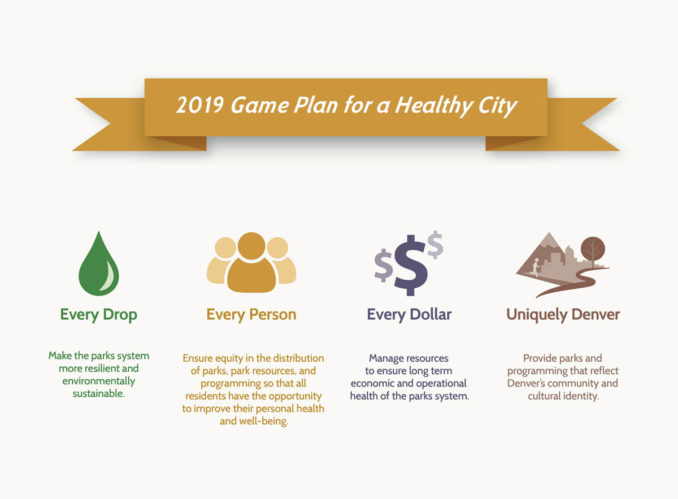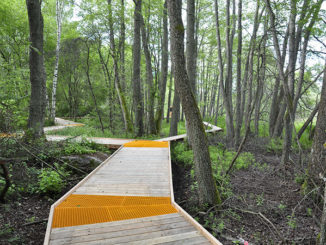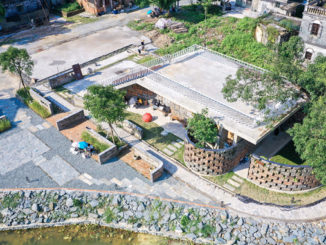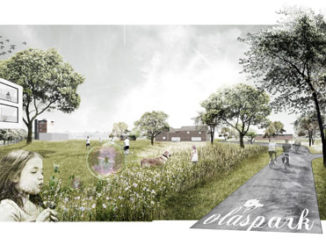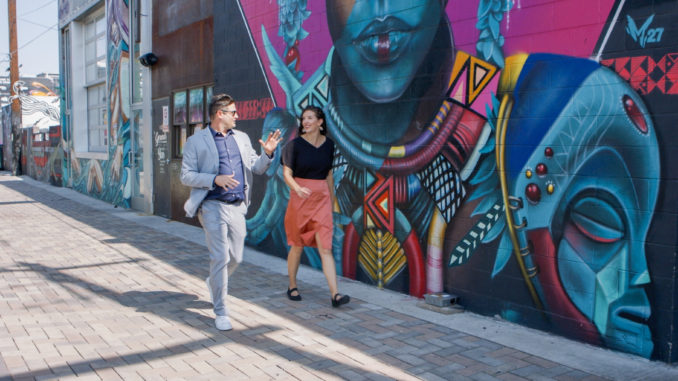
Sasaki, recently announced the opening of a dedicated office in Denver, Colorado to better serve clients throughout the Western United States and Canada.
Sasaki’s new Denver office will be led by directors Anna Cawrse, ASLA, PLA, and Joshua Brooks, ASLA, PLA. Sasaki will add team members locally and from its national and international offices in line with project work in the region.
Brooks is an urban designer, planner and landscape architect who brings a passion for projects that have a lasting, positive impact. He holds a master’s degree in city design and development from the Massachusetts Institute of Technology.
Cawrse is internationally recognized for her ability to transition master planning of the public realm into realized space. A graduate of Colorado State University and Harvard University’s Graduate School of Design, Cawrse has committed her practice to bringing nature into cities based on context-sensitive solutions.
WLA recently had the chance to catch up with Anna Cawrse and Joshua Brooks to hear more about the new Denver office and their thoughts about the future.
What was the impetus for opening a new office in Denver?
Josh: The Denver Office was really many years in the making. The firm wanted to ensure that we are able to more efficiently and effectively serve clients west of the Mississippi. Additionally, our firm is lucky to work on planning level projects across our key sectors (civic, commercial, and campus) around the country and we are interested in being able to implement more of our work. Having a dedicated office out west makes the construction documentation and administration process a bit more feasible.
Over the past few years Denver has been on our radar because of how fast it is growing. We have had the opportunity to work on some of the most exciting projects in the last few years, including the Denver Game Plan, the High Line Canal Vision Plan, and the Strategic Development Plan for the Denver International Airport (DEN). We are also actively working on the CU Boulder Master Plan, 45 minutes outside of Denver, as well as planning and designing for a number of private and non-profit organizations including public realm plans for the RiNo Art District, the public realm and riverfront park for the Denargo Market district, and various components for the growing Baseline Community outside of Denver.
This convergence of recent and on-going work, a growing metro area, and the desire to better serve clients in the western half of the United States made Denver a logical choice. Furthermore, on a cultural level Denver’s creative culture and pioneering spirit really resonate with our company values and offer a great second home for our firm and its employees.
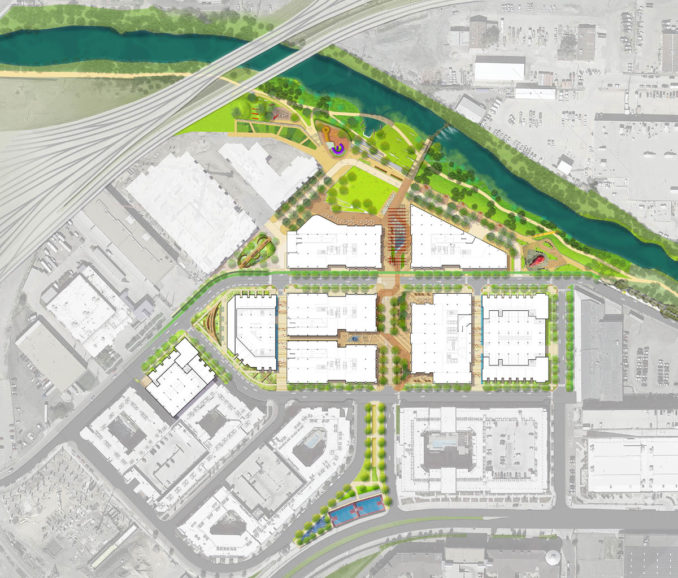
Anna: Our work in Denver actually goes back decades all the way to the 1960s when Hideo did the CU Boulder Master Plan. We have a strong connection with this region and that has continued to today with our more recent work that Josh mentioned. Also, being in Denver allows us to better serve both the communities and clients in the west and give people at Sasaki another location in which to live and work.
Both of you previously worked at Sasaki’s Watertown office. Are you coming home to Denver or are you grasping the new opportunities that Denver offers?
Anna: For me, this is a bit of a coming home moment. I grew up in the west and lived in Montana, Wyoming, Nebraska and then went to undergrad at Colorado State University. I have an infinity for the wild, creative, and pioneering spirit that you find out west and an obsession with design and landscape architecture. I couldn’t be more excited to marry both of those and bring Sasaki’s interdisciplinary expertise to the west!
Josh: This is a strategic growth opportunity for the company first and foremost. We care deeply about doing amazing work for amazing clients and this allows us to do more of that. At the same time, it is nice, on a personal level, to be rekindling old relationships and really embedding ourselves in the issues that Denver, in particular, is facing. While we will certainly be upholding Sasaki’s national and international focus we are very excited to engage, on a more regular basis, in city building at the local level. This goes for project work and our own personal involvement on issues that are near and dear to our hearts.
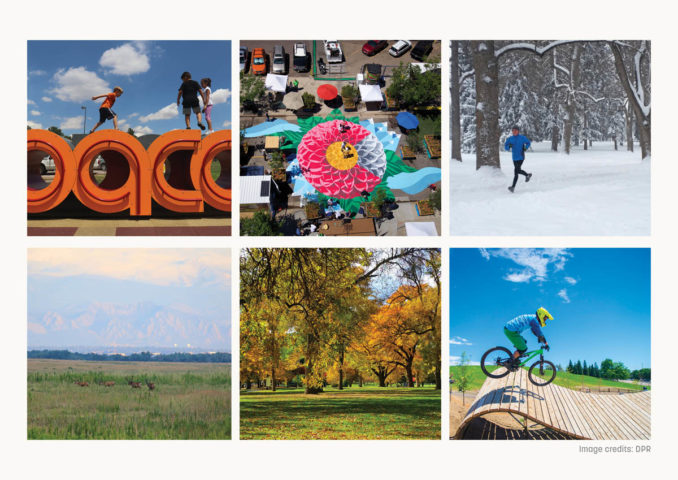
What experiences and knowledge will you bring to Denver?
Josh: Denver, and many non-coastal cities across the country, are experiencing unprecedented growth and with it, the issues that come with more people. This transition period between a second-tier city to a first-tier city or a third-tier city to a second-tier city presents an opportunity to talk about social, environmental, and economic issues in a much more serious way. Our hope is to bring a national perspective and best-practices from all over the country and the world to deal with these issues. We think there is a lot of ground to gain in terms of cultivating resilient urban environments, providing equitable access to parks and open space, and ensuring that rapid growth does not come at the detriment of the quality of life for all people.
Anna: Additionally, a firm like Sasaki is fortunate to have resources such as internal research efforts, proprietary technology, and just sheer horsepower behind several major disciplines to tackle super challenging projects in an integrated way. Our goal is to offer high-touch localized service without sacrificing the quality of design.
We also think Sasaki’s design first mentality is something that is somewhat unique among larger firms. We certainly do not have a house style that characterizes all our work. Rather we focus on our clients’ needs and the community’s desires to come up with bespoke solutions on every assignment. Our interdisciplinary studio also brings a unique perspective to every project putting planners, urban designers, technologists, architects, and engineers at the table with landscape architects ultimately makes us better public realm designers.
What do you think is the key role of a landscape architect?
Anna: We are connectors. Landscape architects have a unique background to balance the demands of the built work with natural processes and needs of a community to create more resilient, happy, and healthy cities. As the impacts and urgency of climate change and resource consumption become more paramount, landscape architects need to insert themselves, at all scales, into the conversations about our society’s’ most challenging issues.
By broadening our reach and working with allied disciplines landscape architects can have a truly remarkable impact on our world and its people.
Josh: As an interdisciplinary firm we are lucky to have this conversation internally, as well as externally. We think all of our staff regardless of discipline, but certainly our landscape architects really believe that the public realm is the backbone of our society. Our public spaces are places for protest and for places to come together, representing a fundamental component of democracy. Additionally, public realm is the heartbeat of daily life and as our world urbanizes it becomes even more important to create remarkable spaces that service all people during all aspects of their lives.
What have you learnt through your career that you apply to your projects?
Josh: The list is really too long. School teaches you how to think. Practice teaches you how to apply. For me there are really three major components of practice that I don’t think I fully appreciated in school. The first is the importance of community engagement and community empowerment. Planning, design, and community engagement are really inseparable to our practice and as such we are always looking for ways to embed community voice in the places that we create. I think fully embracing community engagement gives us empathy and humility in the design process and makes us realize that what we are after is not that sexy picture of our project; rather we are after the changed experience for the users of these places. The second aspect that I’ll talk about is coordination. As I have gotten involved in more and more complex projects the ability to dive into the myriad issues, identify the right questions, and then find solutions whether on my—own, or more likely through collaboration with others—is critical and something that I very much enjoy; and by that I mean working with others, not sending emails! Lastly, I think I have learned the importance of narrative and storytelling and how important that is to design and communication. That really is one of the things I enjoy most about what I do.
Anna: I echo Josh’s sentiments on community engagement. That is not always taught in school and something that is absolutely necessary in our profession. Engagement should not be a single phase, it is instead cross-cutting all phases from visioning, extending past the ribbon cutting and into programming our public spaces. We learn so much from listening and it is absolutely necessary that we continue to listen to the community to ensure our designs reflect both the current and future needs of a city. I’ve also spent a lot of my career working on different scaled projects and I’m so thankful for those opportunities. From large regional plans to small art plazas, the understanding of scales is critical to creating successful spaces. When I’m working on a small project in the heart of a city, I’m constantly thinking about how it is connecting to the larger open space system and asking questions around community, ecology, and transportation. Or when I’m working on a large regional park master plan, like Greenwood Park in Baton Rouge, I’m constantly thinking about how the larger concept will play out in the details. This back and forth exploration of scales is something I’m constantly referencing on projects.
Describe what you think the American cities will look like in 2030?
Josh: Answering these sorts of questions is also a bit more hopeful than prophetic. Certainly in a year where a global health crisis has changed so much and domestic social unrest and renewed interest on the important issues of social equity it is hard to pin-point what the future holds. That said we can always HOPE for what places will look like. Our hope is certainly that we have places that are more resilient to the challenges of the climate and more just for all people that call them home.
We do think the tide has turned in terms of what most cities in America value and are pushing for. Active transportation, greater emphasis on natural processes in tandem with things like flood infrastructure, better access to parks, and places for greater economic mobility all come to mind.
I think one important trend that we hope to push forward is the importance of the neighborhood unit and providing for the daily life amenities and requirements within a short, hopefully, non-motorized commute. This idea also generally makes people more aware, and more caring, about their surroundings and we would love to see this greater sense of agency in the public realm/public life come to the forefront.
We would be remiss if we didn’t acknowledge changing technologies and economic situations with autonomous vehicles, the sharing economy, and working from home as key aspects of the future city. However, we think just as formidable is a greater emphasis on the fundamental idea of place-making.
Thanks to Anna and Joshua for taking the time to answer our questions.

